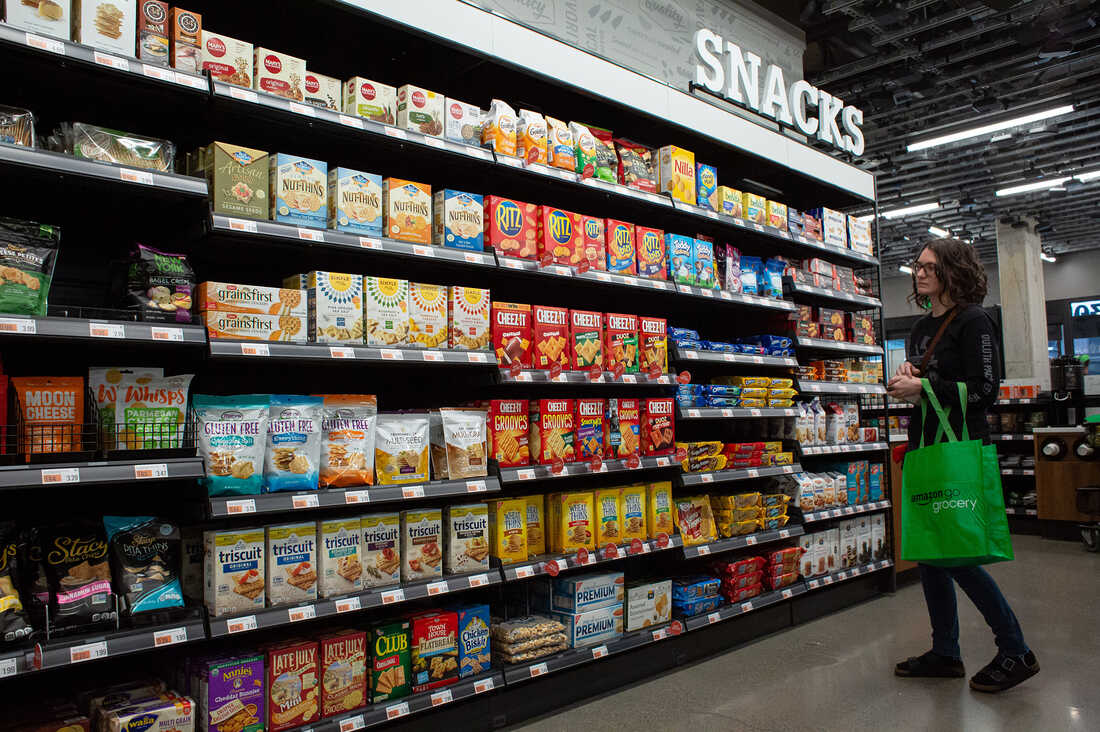
In the ever-evolving world of consumer goods, the term 'convenience product' has become a buzzword. It refers to items that are routinely purchased, often out of habit or necessity, and are readily available at multiple locations. One such product that frequently finds its way into this category is bread. But is bread truly a convenience product? This article aims to delve into this question, exploring the various dimensions that contribute to bread's classification as a convenience product.
Firstly, let's consider the accessibility and availability of bread. Bread is a staple food item in many cultures worldwide, making it readily available in various forms, sizes, and flavors at grocery stores, supermarkets, and even online platforms. Its widespread availability and easy accessibility certainly align with the characteristics of a convenience product.
Secondly, the frequency of purchase is another factor that potentially categorizes bread as a convenience product. Most households purchase bread regularly, often on a weekly or even daily basis, due to its versatility in meal preparation. From sandwiches to toast, bread serves as a quick and easy solution for meals at any time of the day.
However, it's essential to note that the convenience associated with bread is not merely a product of its availability or frequency of purchase. The ease of use and storage also plays a significant role. Bread requires minimal preparation – it can be consumed as is or used as a base for a variety of dishes. Moreover, it can be easily stored at room temperature or frozen for extended use, adding to its convenience factor.
Yet, the classification of bread as a convenience product may not be universal. The perception of convenience is subjective and can vary based on individual preferences and dietary needs. For instance, for those following a gluten-free or low-carb diet, bread may not be a convenience product due to the additional effort required to find suitable alternatives.
Moreover, the rise of artisanal bakeries and the increasing popularity of homemade bread have added a new dimension to this discussion. These bread variants often require extra effort to purchase or make and may not be as readily available as their commercial counterparts. Thus, they may not fit the traditional definition of a convenience product.
In conclusion, while bread exhibits many characteristics of a convenience product, its classification as such is not absolute. It largely depends on individual preferences, dietary needs, and the type of bread in question. Therefore, the question, Is bread a convenience product? does not have a one-size-fits-all answer. It serves as a reminder of the dynamic nature of consumer goods and the evolving definitions of convenience in our society.
This article has aimed to provide a comprehensive and nuanced perspective on the classification of bread as a convenience product. It underscores the importance of considering multiple factors and individual differences in understanding consumer behavior and product categorization.


